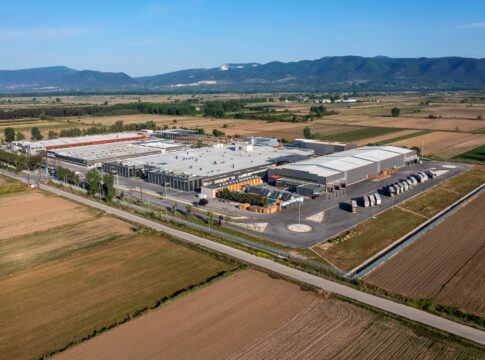A new regional imbalance is manifested in Greece, with economic activity and employment recovering only in the Attica region, while the rest of the regions are still lagging behind.
In fact, the noticeable decrease in unemployment that is recorded is not so much due to an increase in jobs (which shows extremely slow rates), but to the smaller number of participants in the labor force.
According to a new study by the Small and Medium Sized Enterprises Institute of the Hellenic Confederation of Professionals, Craftsmen & Merchants (GSEVEE), the problem is more intense among young people and women who face great difficulties in joining the labor market.
Regional imbalance
The conclusions are numerous and multidimensional and can be summarized as follows: “Although the unemployment rate has decreased after the exit from the crisis, employment has not increased significantly. The position of young people is significantly worse compared to the older ages as well as of women compared to men. But perhaps the most important finding is the significant deterioration of the comparative position of the Regions of the country in relation to the Region of Attica.
The exit from the economic crisis finds Athens significantly improving its comparative position and this is even more pronounced for young men and women. A new regional imbalance is underway.”















